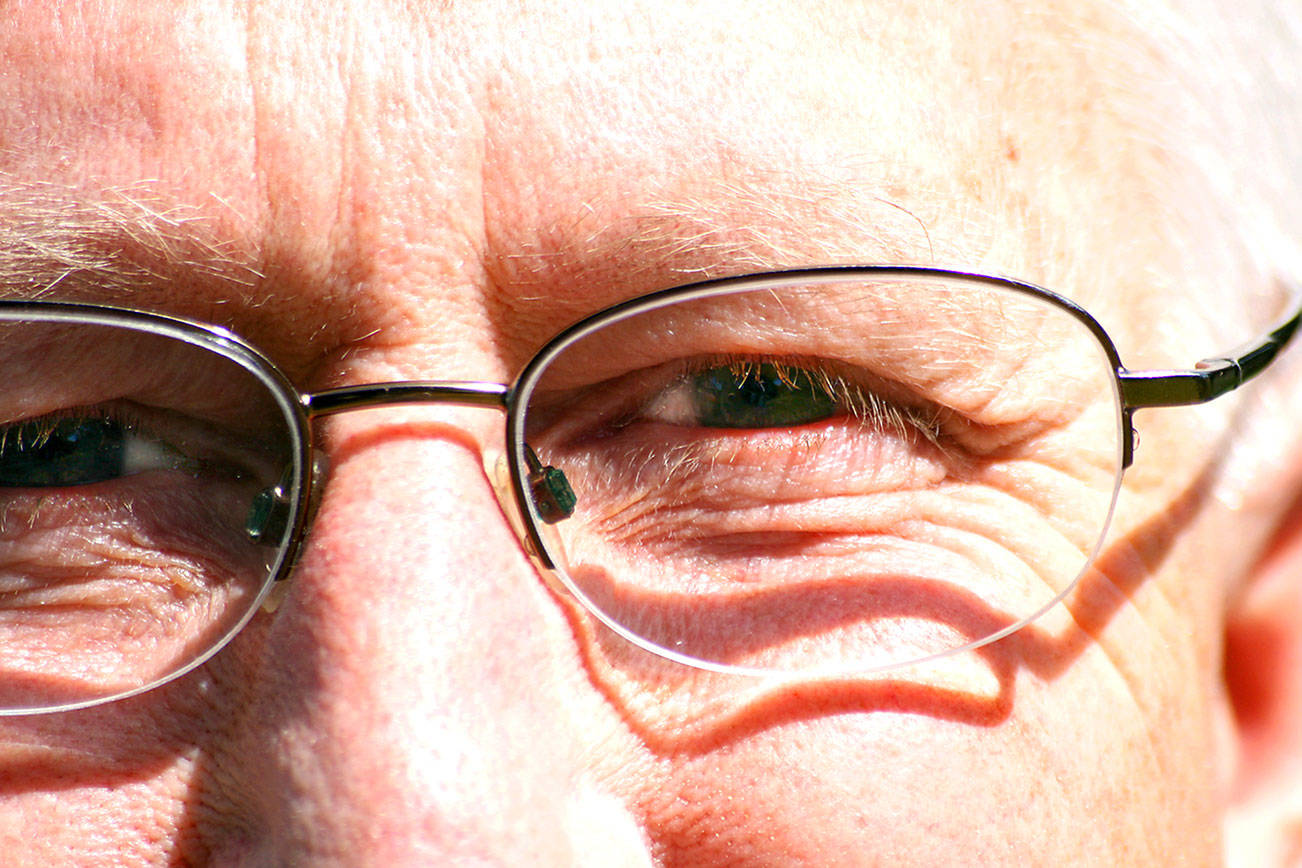By Dr. Sara Huh
EvergreenHealth
With age often comes a natural decline in vision. A stronger prescription, or an increased need for reading glasses are expected parts of the aging process, especially for adults around age 50.
However, older adults also have a higher risk of developing more serious age-related eye conditions that can potentially lead to vision loss. In recognition of Glaucoma Awareness Month (January), we are shedding light on a common eye condition, its symptoms, treatments and what steps you can take now to preserve your eyesight as you age.
What is glaucoma?
Glaucoma is a group of diseases that results in weakened peripheral (side) vision caused by damage to the optic nerve — the nerve that transfers vision information to the brain. It typically occurs when increased pressure from fluid buildup inside the front part of the eye, damaging the optic nerve and leading to narrowed field of sight.
Glaucoma is often referred to as “the silent thief of sight” since it doesn’t offer noticeable warning symptoms — and once vision is lost, it’s permanent. As the disease progresses, blind spots develop in your peripheral vision. As much as 40 percent of vision can be lost without a person noticing; but having regular eye exams can help your ophthalmologist find and control the disease before it worsens.
While there is not yet a cure for glaucoma, early diagnosis and treatment can help to preserve patients’ remaining eyesight. Treatment focuses on reducing pressure in the eye. Your physician will usually recommend regular use of prescription eye drops to start. More serious cases might require additional medications, laser treatment or other types of surgery.
Some people have a higher than normal risk of developing glaucoma. This includes people who:
• Are over the age of 60
• Have family history of glaucoma
• African Americans over the age of 40
• Experience eye pressure
• Are farsighted or nearsighted
• Have optic nerve sensitivity or corneas that are thin in the center
• Have medical conditions like diabetes, high blood pressure and heart disease
• Are steroid users
• Have had eye injuries
Preventing age-related vision conditions
Although you certainly can’t control all risk factors, mitigating as many factors as possible — such as lifestyle changes — can go a long way in supporting healthy vision as you age.
Eye conditions can occur less often in people who exercise, avoid smoking and eat nutritious foods — including green leafy vegetables and fish. If you are already diagnosed with an eye condition, adopting some of these habits may prevent your vision from worsening.
While weakened eyesight is common with age, the vision loss that comes along with serious eye conditions is not inevitable. To stay on top of your eye health, it is critical to see your doctor for regular eye examinations, even if you haven’t noticed any symptoms.
For additional information on treatment for glaucoma and other helpful resources, visit www.glaucoma.org.
Dr. Sara Huh is a fellowship-trained eye care physician and glaucoma specialist with extensive experience in treating cataracts, diabetic eye conditions, and dry eye in addition to glaucoma. For more information on Dr. Huh or EvergreenHealth Eye Care, please visit www.evergreenhealth.com/eye-care-doctor.



